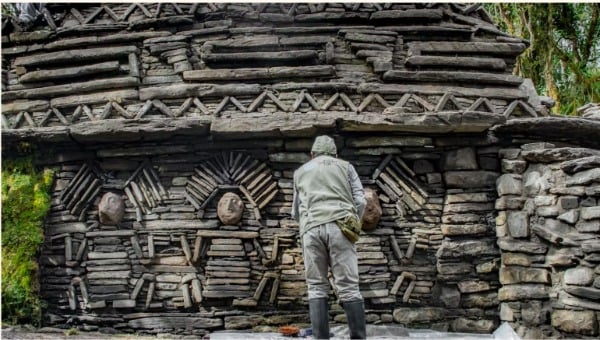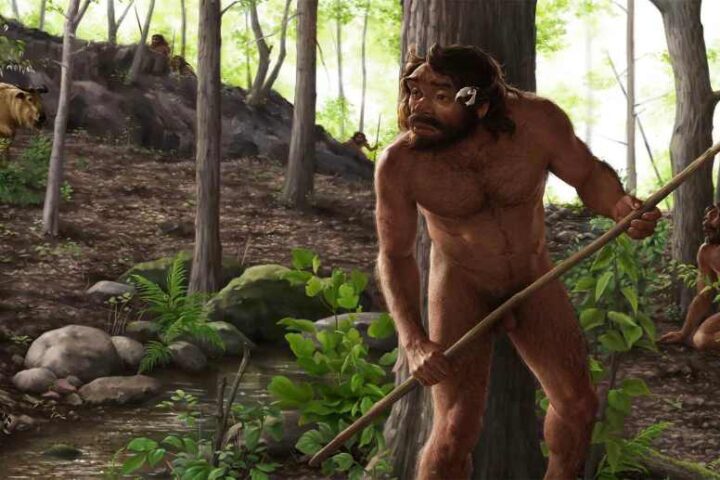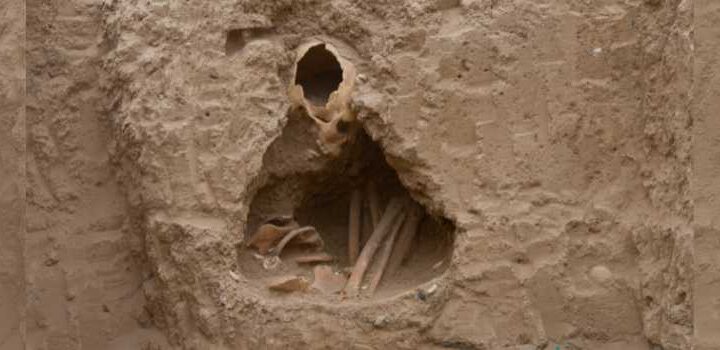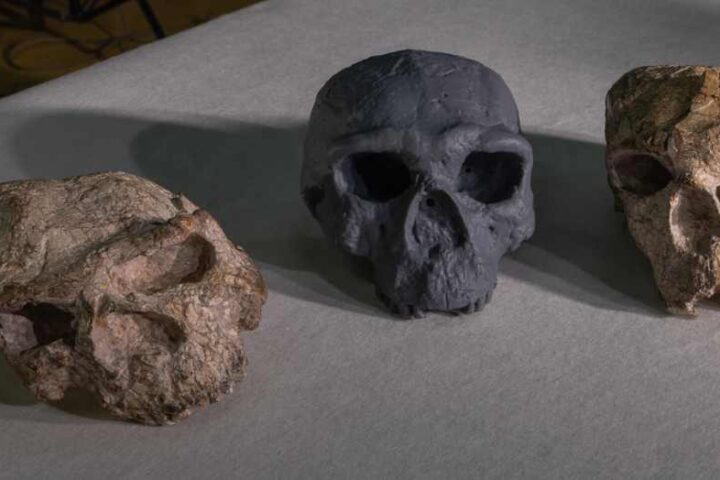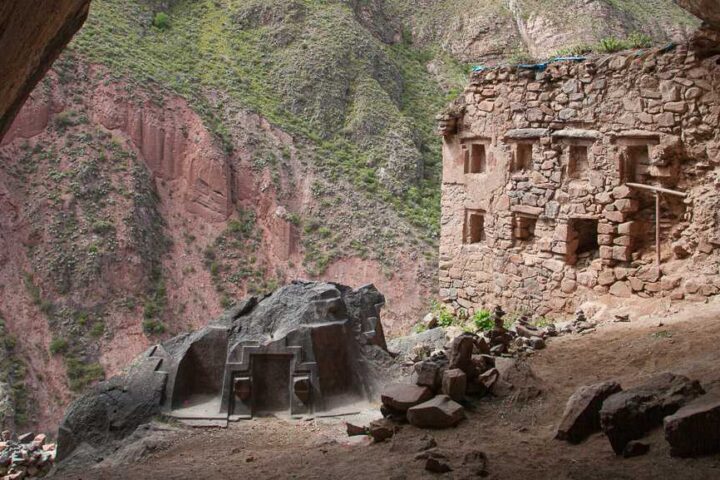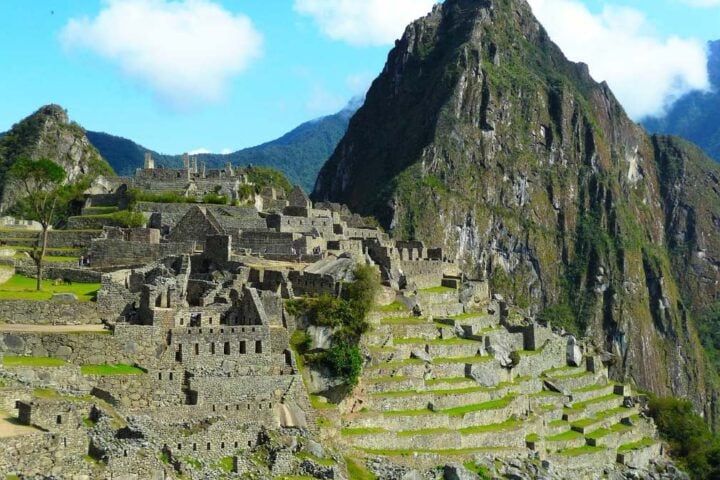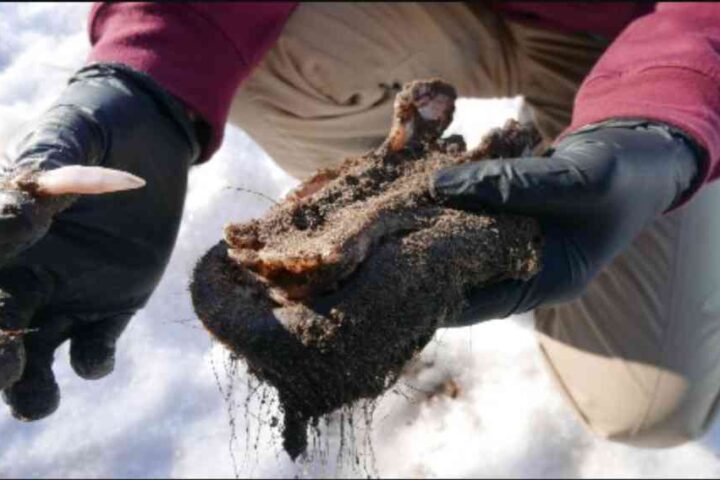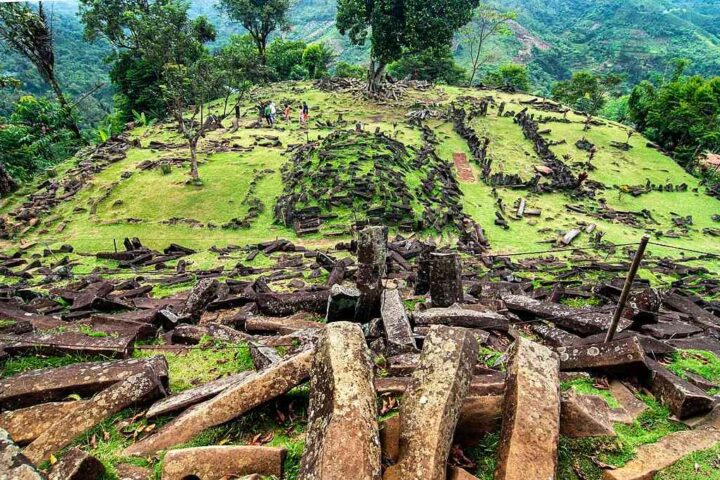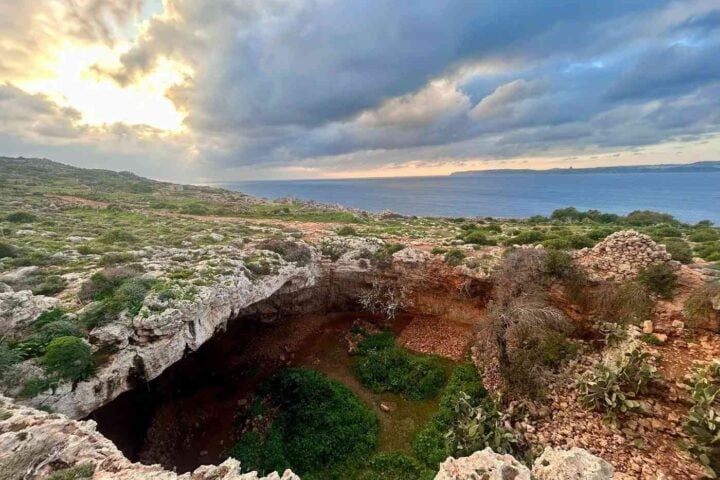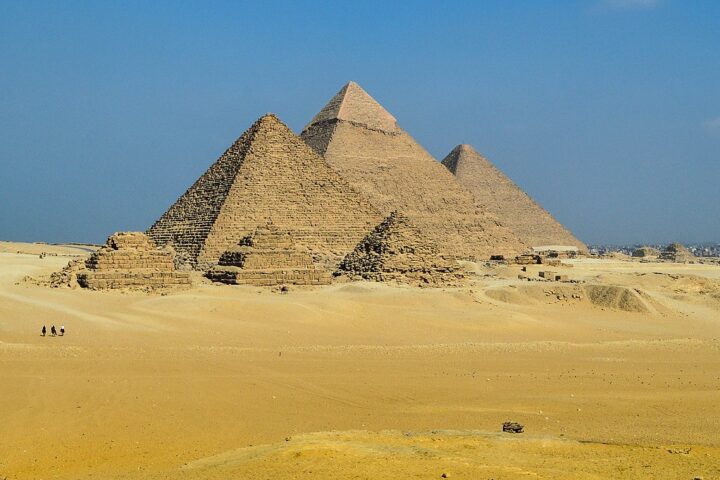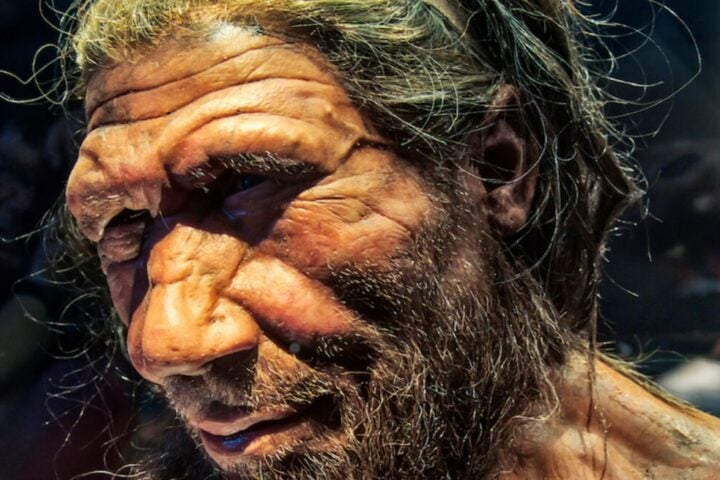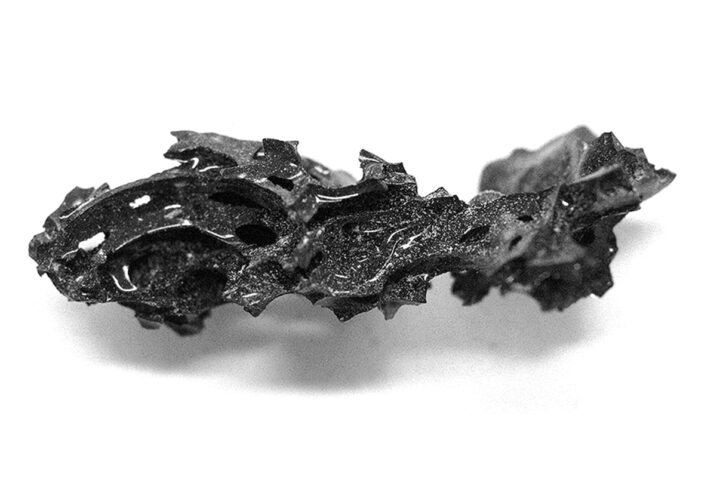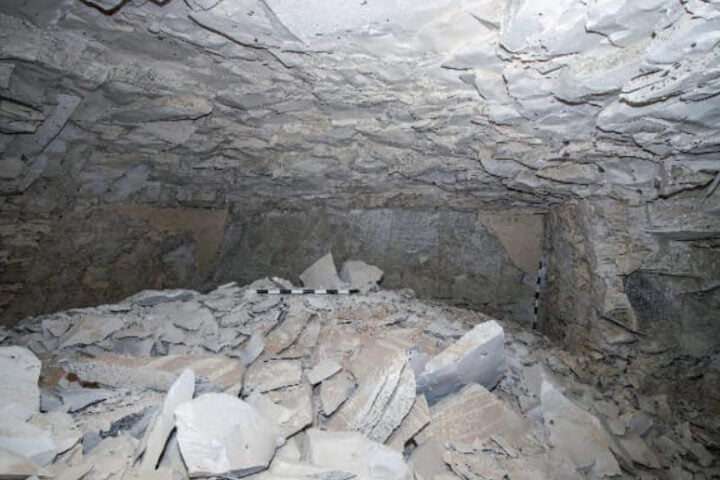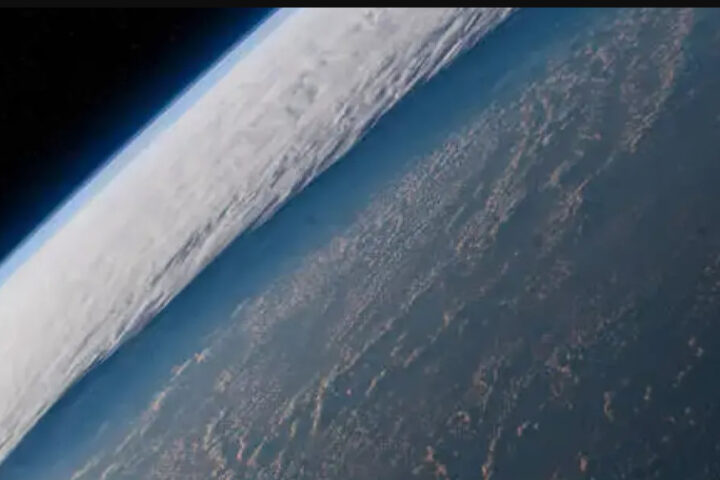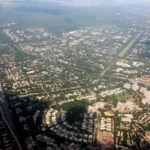Archaeologists have discovered more than 100 previously unknown structures at Gran Pajatén, dramatically expanding our understanding of an ancient civilization that once thrived in Peru’s remote cloud forests.
Located in the northeastern Peruvian Andes within Río Abiseo National Park, about 300 miles north of Lima, these findings reveal that Gran Pajatén was much larger and more significant than previously thought. Until now, only 26 structures had been documented at the site since the 1980s.
“Although specialists suspected that the extension of Gran Pajatén was greater, our findings were unexpected—not only in terms of scale, but in how they reframe the role and significance of the site,” said Juan Pablo de la Puente, executive director of the World Monuments Fund (WMF) in Peru, which led the investigation from 2022 to 2024.
The structures belonged to the Chachapoya civilization, often called the “Warriors of the Clouds” or “people of the cloud forest,” who flourished between the 7th and 16th centuries at altitudes between 6,500 and 9,800 feet above sea level. They resisted conquest by the Inca Empire longer than many other groups, partly due to their strategic mountain settlements.
What makes these discoveries especially remarkable is how they were made. Researchers used advanced technology including aerial and manual LiDAR scanning, which allowed them to “see through” the dense forest canopy without disturbing the delicate ecosystem. This non-invasive approach created detailed maps of what lies beneath the vegetation.
“By using advanced technology, our team was able to gather extraordinary visual and scientific documentation that brings Gran Pajatén to life—all while preserving its delicate environment,” said Bénédicte de Montlaur, president and CEO of WMF.
Similar Posts
The findings reveal that Gran Pajatén was not a remote ceremonial outpost as previously believed, but a central hub in a sophisticated network of Chachapoya settlements connected by pre-Hispanic roads. These roads linked Gran Pajatén to other sites including La Playa, Papayas, and Los Pinchudos, suggesting a highly organized society with established trade routes and communication systems.
Evidence confirms the Chachapoya inhabited Gran Pajatén at least since the 14th century, with soil analysis hinting at even earlier occupation. The site features circular stone buildings, high-relief friezes, and stone mosaics depicting human figures and geometric shapes, showcasing the Chachapoya’s architectural and artistic skills.
While mapping the structures, conservators also worked to preserve them, stabilizing walls and reinforcing weak staircases using specially mixed clay that maintains the original integrity of the structures.
The remote location of Gran Pajatén, which helped preserve it for centuries, also makes it inaccessible to most visitors. To share these discoveries with the public, the Museo de Arte de Lima in Peru is now hosting a free exhibition on the Chachapoya culture and the recent findings.

Perhaps most exciting is that researchers have only processed about 10 percent of the collected LiDAR data, suggesting many more discoveries await.
“What excites me most is that we’re only scratching the surface,” said de la Puente. “The path ahead is full of possibility, and we’re just beginning the journey”.
